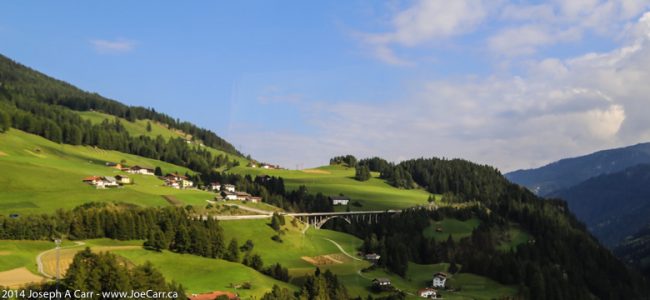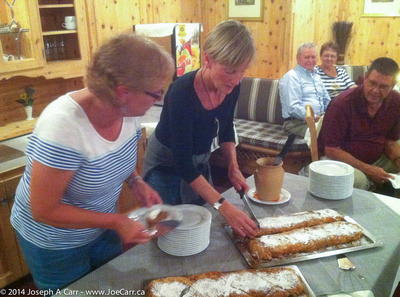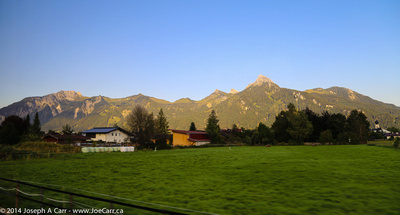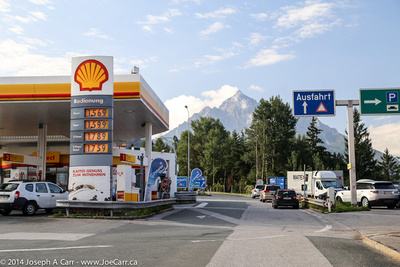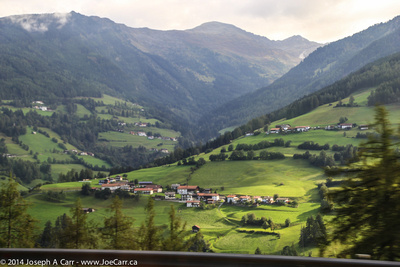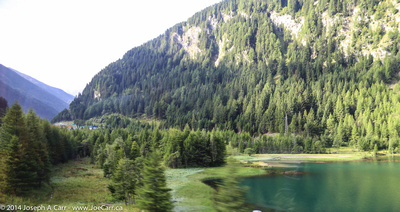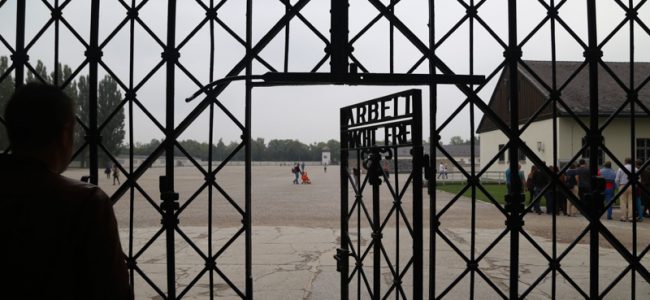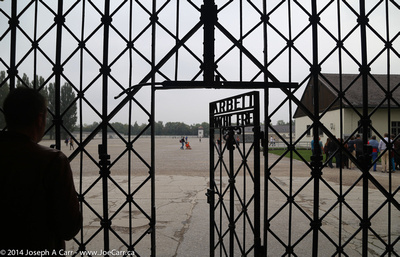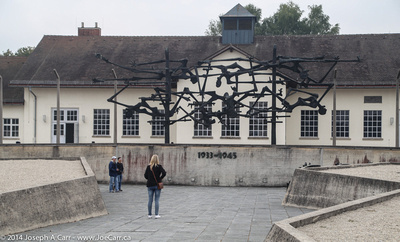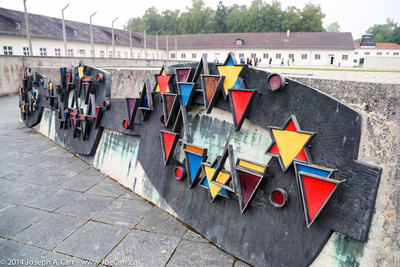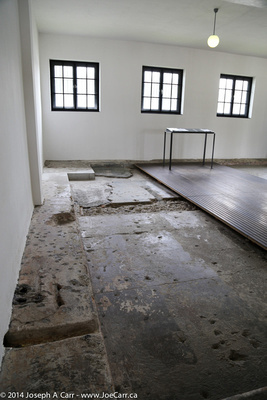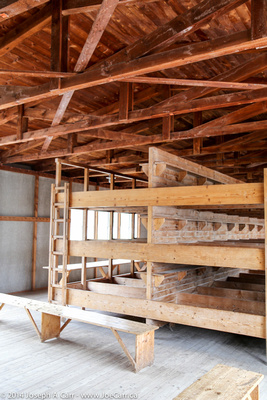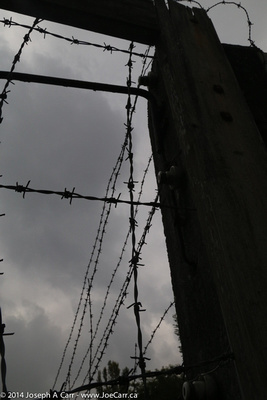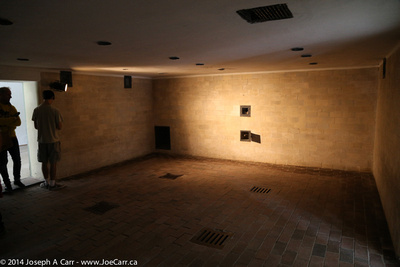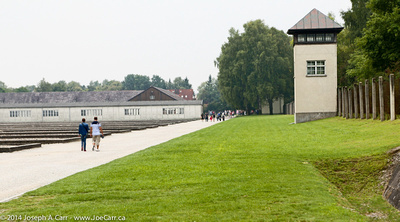September 5, 2014 – Friday – Rothenburg, Germany to Routte, Austria
Rick Steves Best of Europe in 21 Days tour
We spend two nights in Routte, Austria at the Alpenhotel Ernberg hotel, but don’t see much of the country. Some of our group hike up to Ehrenberg Castle ruins, which are on top a hill near our hotel. We have our own dining room for the group dinner in the hotel each evening. Jennifer is a chef, and so is always on the lookout for regional food treats to share with the group. After one of our dinners, she serves Apple and Cheese Strudel for dessert.
We drive back into Germany on Saturday the 6th to see the Bavarian Castles.
September 7, 2014 – Sunday – Austria to Venice, Italy
We are listening to the Sound of Music on the bus audio system as we drive through the Austrian Tyrol on our way to Italy. The first hour reminds me of our mountain highways in British Columbia, Canada – winding, rocky, and steep hills. We descend into a long valley and take the Autobahn to the outskirts of Innsbruck.
We turn south and drive over the Brenner Pass, crossing the Alps into Italy. Border crossings in Europe are non-events, since all the countries except Switzerland and Sweden are in the European Union. Jennifer tells us we are following the original Roman road Via Claudia the whole way today. That road ends up in Rome, although our next stop is Venice.
